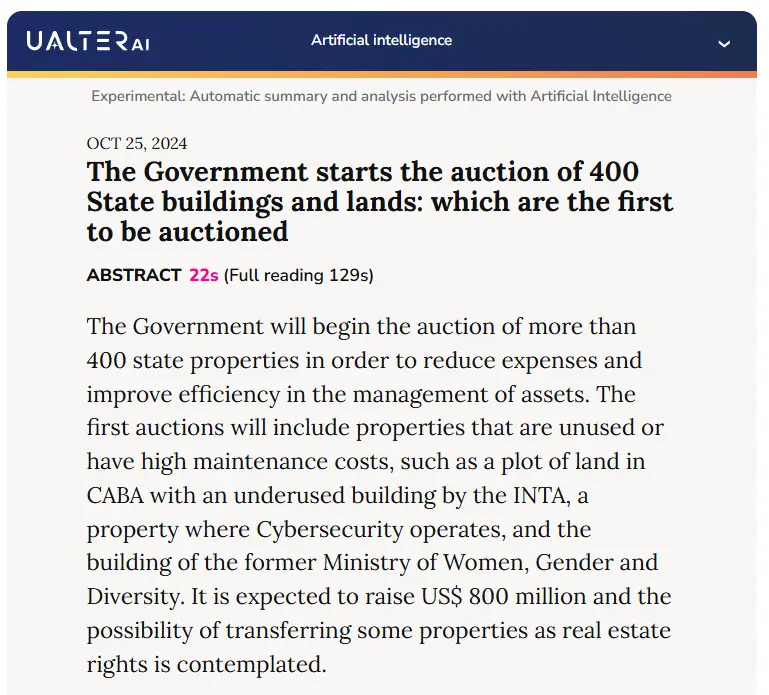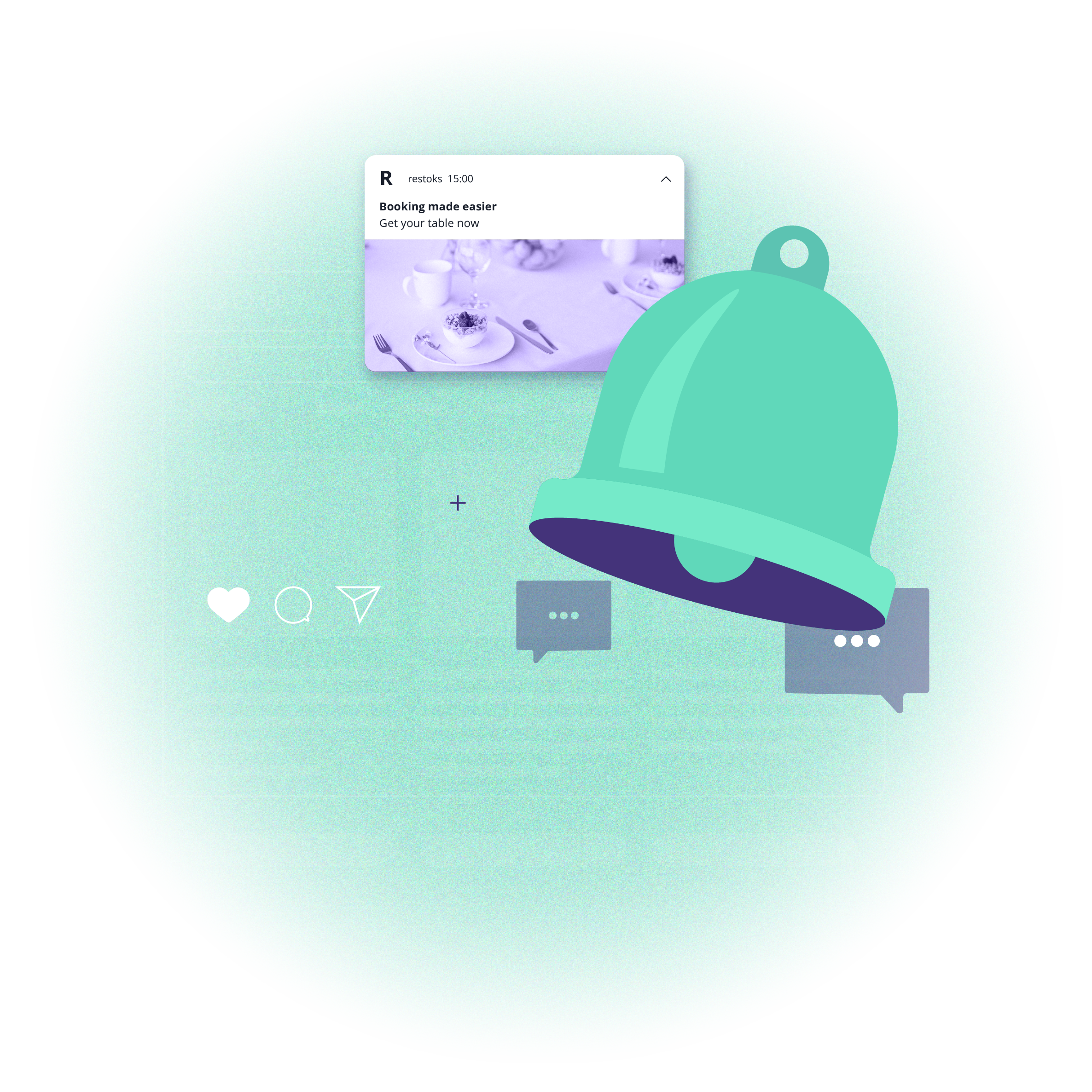How chatbots are transforming the news and media industry?
 Olha Lypnytska
Olha Lypnytska © anyaberkut from Getty Images Pro via Canva Pro
© anyaberkut from Getty Images Pro via Canva ProWith shorter attention spans and an overflow of information, news organizations look for new ways to keep audiences engaged. One such solution is chatbots.
Chatbots simulate human conversations and provide real-time, personalized interactions, making news more accessible and engaging. In this article, we explore the role of chatbots in digital publishing, their key functions, and the benefits they offer to media companies and their audiences.
What are chatbots?
Chatbots are AI-powered software programs designed to simulate human conversations, typically through text or voice interactions. They work by interpreting user inputs, processing language, and generating relevant responses. At the core, chatbots use natural language processing (NLP) to understand and respond to inquiries in a conversational way.
There are rule-based chatbots, which follow set scripts, and AI-driven chatbots, which learn from past interactions and adapt to user behavior. By accessing databases or APIs, chatbots can provide information, perform tasks, and engage users in various scenarios, from customer support to content recommendations.
By integrating chatbots with content management systems digital publishers can:
provide real-time updates on breaking news,
suggest articles,
provide their summaries,
guide readers to relevant resources, etc.
Chatbots make content more accessible and interactive, while also collecting valuable insights on user preferences, which can drive future content strategies.
How are chatbots used in the media and publishing space?
Initially, chatbots were basic rule-based systems used mainly for automated customer support, such as answering frequently asked questions or directing users to specific content. However, as artificial intelligence (AI) and natural language processing (NLP) evolved, so did the role of chatbots in digital publishing.
Let’s have a closer look at three main purposes of chatbot usage in the industry:
content distribution,
enhancing reader engagement,
streamlining newsroom operations.
Enhance reader interaction within the app or website
Clarín and Ualter
In December 2023 Clarín, an Argentinian media company, implemented AI-based news reading assistant Ualter. It enhances user experience by offering multiple ways to interact with content beyond traditional reading, adapting its responses to match different reading preferences.

Image source: screenshot from Clarín.com
Unlike basic chatbots that primarily follow scripted responses, Ualter performs sophisticated tasks, including summarizing and analyzing large volumes of text and data. Its ability to highlight key points, reorganize events chronologically, and extract specific information (like names or data) for easy navigation shows a level of comprehension and flexibility typical of advanced AI.

Image source: screenshot from Clarín.com
Bild and Hey_
Hey_ is Axel Springer’s AI assistant, launched initially on BILD. It enables readers to interact dynamically with the news. Built on GPT technology, Hey_ personalizes user experiences by responding to unique queries, from health advice to event summaries. It offers multiple response options and invites free-text questions, providing a tailored, engaging alternative to static articles.

Image source: screenshot from hey.bild.de
L'Economia app and its’ virtual assistant
RCS MediaGroup has partnered with OpenAI to enhance audience engagement through AI-powered applications, starting with a virtual assistant for Corriere della Sera. This AI tool allows readers to search articles, access the newspaper's archives, receive recommendations, and view article summaries within the L'Economia app. Leveraging OpenAI’s language models, RCS aims to create a user-centric digital experience, enhancing Italian journalism with high-quality, accessible content.

Image source: Corriere della Sera
Washington Post and the Climate Answers chatbot
The Washington Post launched the Climate Answers chatbot. Using it, readers can ask questions about climate topics and receive concise, verified responses. Featuring suggested questions, the chatbot adapts to user interests, periodically updating its prompts based on trending questions. The climate desk reviews user queries weekly to identify topics of interest or gaps in coverage, which helps inform future reporting. The media company continues to monitor engagement patterns to optimize user experience across its website and app.

Image source: screenshot from washingtonpost.com
Aftonbladet and Valkompisen
Aftonbladet’s Valkompisen chatbot, or “election buddy,” was designed to answer questions about Sweden's June 2024 elections using a comprehensive database. It exceeded expectations by receiving 150,000 inquiries, with 60% coming from users rather than pre-set prompts. This initiative resulted in over 11,000 new logins, achieving a 40% conversion rate, significantly higher than the typical 5%. The AI Hub team actively monitored the bot's performance and updated prompts to enhance user engagement.
News distribution with chatbots
News and media organizations increasingly use chatbots on messaging apps like WhatsApp, Telegram or Messenger to distribute news in ways that are immediate, personalized, and conversational. These chatbots serve several key functions to streamline news delivery:
Breaking news updates. Chatbots, like CNN’s on WhatsApp, send subscribers real-time alerts for major events. Users can customize alerts to focus on specific topics. It makes it easy to stay updated without needing to check apps or websites constantly.
Personalized news recommendations. The New York Times’ WhatsApp chatbot provides tailored news updates, analyzing users' interests to deliver relevant articles. This allows readers to receive curated content, creating a personalized experience that aligns with individual preferences.
Interactive storytelling. Chatbots enable media organizations to engage readers through interactive stories. For example, BBC News uses its WhatsApp chatbot to facilitate a conversational experience with users, allowing them to explore current events by asking questions and receiving concise, relevant responses.
These chatbots improve engagement and make news accessible, providing a direct and user-friendly way for readers to stay informed.
In addition, Reuters recently partnered with Meta’s AI chatbot, granting access to its news content to provide real-time answers to user questions on current events. The chatbot will cite Reuters' stories directly and include links to its full coverage for deeper insights.
As an alternative solution for news distribution, push notifications offer an effective way for media organizations to engage their audience. By delivering timely updates based on the reader preferences directly to users' devices, push notifications ensure that readers never miss breaking news or important articles.
Test push notifications alongside chatbots as part of your digital strategy; together, they can enhance user engagement and create a seamless news experience.
Chatbots for streamlining newsroom operations
Chatbots can handle repetitive tasks. By automating routine tasks, they free up valuable time for media staff, allowing journalists and editors to focus on content creation and investigative reporting.
Chatbots can collect data on audience preferences and engagement patterns. This information is invaluable for media companies looking to refine their content strategies and marketing approaches and helps them better understand their audience's needs and make data driven decisions.
Chatbots can assist journalists by quickly retrieving information from large databases, helping them verify facts and access relevant background material. This capability speeds up the research process. As a result, reporters can produce more informed and accurate stories.
Chatbots can improve internal communication within newsrooms by serving as a centralized information hub. They can help employees access important documents, announcements, or updates without having to navigate multiple platforms.
For example, Denmark’s Dagbladet Information has implemented a new chat tool built on a customer database. This tool allows team members to access and interact with data tables using natural language, saving time for non-technical staff. Chief Commercial Officer Simon Fancony highlighted that this new system helps ease the workload of data analysts, enabling quicker, more accessible insights across the organization.
EXPRESS.de has integrated Klara Indernach (KI), an advanced AI system, into its newsroom as a digital colleague, enhancing the efficiency of content creation.

Image source: EXPRESS.de
Klara excels in structuring texts, conducting research, and summarizing information, particularly for predictable topics like sports reports. While she contributes to 11% of articles and drives 8-12% of traffic during peak seasons, human editors remain essential for verifying sources and maintaining journalistic integrity, especially for complex stories. This collaboration has led to a significant 50-80% increase in click-through rates when AI curates content based on user interests, showcasing the potential of AI-enhanced personalization in news delivery.
Summary
The integration of AI technologies has significantly enhanced the role of chatbots in the news and media industry. They provide immediate access to breaking news, personalized content delivery, and interactive features that engage users on a deeper level. Advanced AI capabilities allow chatbots to learn from user interactions, improving their ability to identify opportunities to serve audience needs effectively. As media organizations adopt these technologies, chatbots will play an increasingly critical role in optimizing delivering content and enriching the user experience, marking a transformative shift in how news is consumed and produced.

Growth Marketing Manager @PushPushGo
Passionate about advertising, digital technologies and marketing itself. Life motto: "Growth starts out of the comfort zone".
Try PushPushGo to engage and connect with your audience.
Create an account and start testing!





